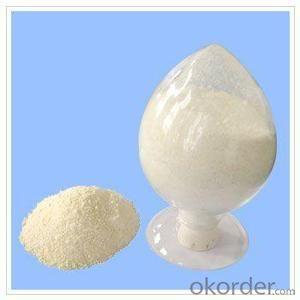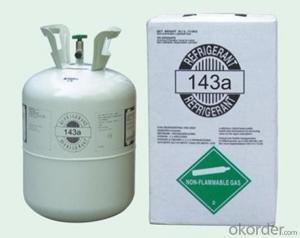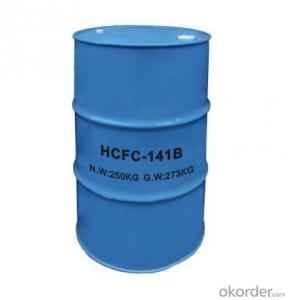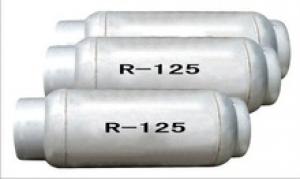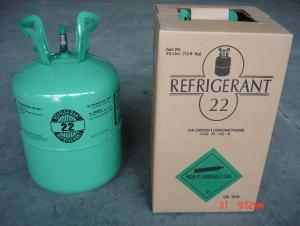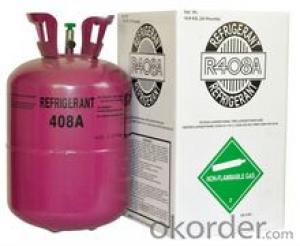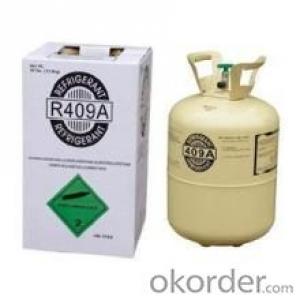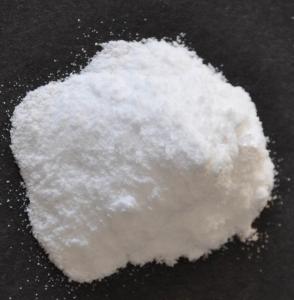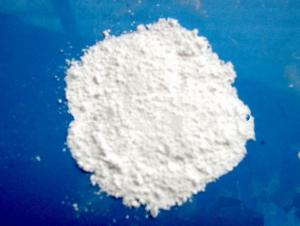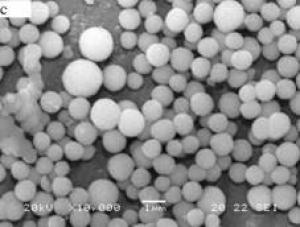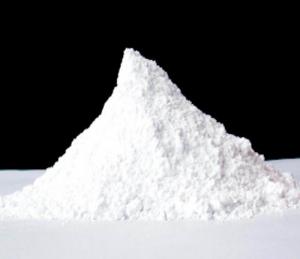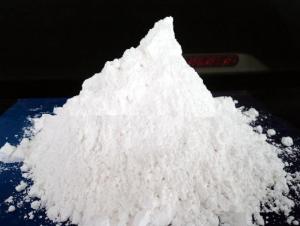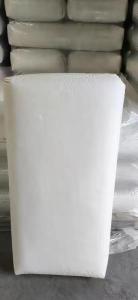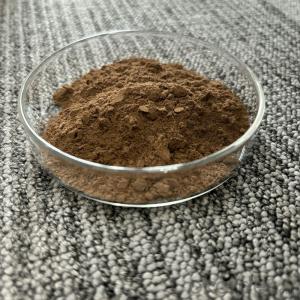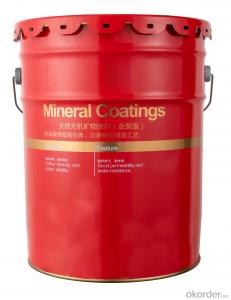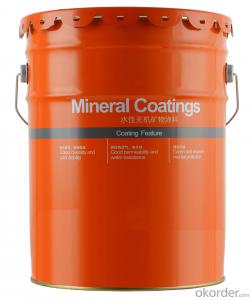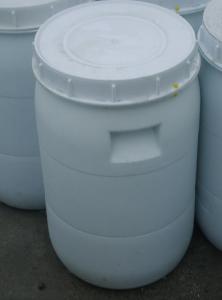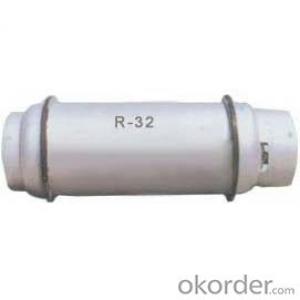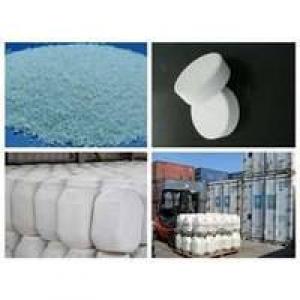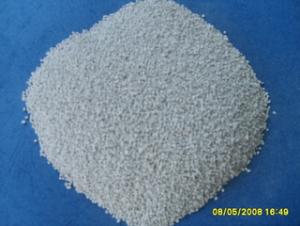Stearic Acid 200/400/800
- Loading Port:
- Tianjin
- Payment Terms:
- TT OR LC
- Min Order Qty:
- -
- Supply Capability:
- 8000MT/month m.t./month
OKorder Service Pledge
OKorder Financial Service
You Might Also Like
Stearic acid
Formula: C18H36O2
Structural Formula:CH3(CH2)16COOH
Product Description:
Shaped like Lump, flake; Saturated fatty acid mainly with C16 and C18, white flake solid at ambient temperature, not dissolved in water, slightly dissolved in benzene and carbon bisulfide, and easily dissolved in hot alcohol. No smell no poison. It has the general chemical properties of organic carboxylic acid.
Physicochemical Properties:
pure product is white with a shiny soft small pieces, melting point 69.6 degrees, the boiling point of 376.1 degrees. Relative density 0.9408, refractive index 1.4299, slowly volatile in the 90-100 degrees. Slightly soluble in cold water, soluble in alcohol, acetone, soluble in benzene, chloroform, ethyl ether, carbon tetrachloride, carbon disulfide, toluene and so on.
Specification:
Item | Index | |||||
Grade No. | 1842 | 1838 | 1820 | 1860 | 1870 | 1880 |
Iodine value gI2/100g ≤ | ≤5.0 | ≤5.0 | ≤5.0 | ≤6.0 | ≤7.0 | ≤8.0 |
Saponification value mgKOH/g | 206~211 | 206-213 | 214-216 | 193-220 | 193-220 | 192-218 |
Acid value mgKOH/g | 208~210 | 210~211.5 | 214-225 | 182-218 | 192-218 | 193-220 |
Chroma (Hazen) ≤ | ≤60 | ≤80 | ≤100 | 200-400 | ≤150 | 400 |
Freezing point °C | 54~57 | 54~57 | 55~57 | 54 | 52 | 52 |
Moisture % ≤ | ≤0.2 | ≤0.2 | ≤0.2 | ≤0.3 | ≤0.3 | ≤0.3 |
Inorganic acid % ≤ | 0.001 | 0.001 | 0.001 | 0.001 | 0.001 | 0.001 |
Suggest Uses:
Mainly for the production of stearic acid salts: Widely used system for cosmetics, plastic cold-resistant plasticizer, release agent, stabilizer, surfactants, rubber vulcanization accelerator, waterproof agent, polishing agent, metal soap, metal mineral flotation agent, softeners, pharmaceuticals, and other organic chemicals.
In addition, oil-soluble pigments can be used as solvents, crayons transfer slip agent, waxed paper lighting agent, stearic acid glyceride emulsifier, etc..
Packing :25/50kg in PP bag ,25MT/20GP
Product Storage:
in dry warehouse ventilation should be more than 10mm from the ground to avoid damp products in the above-mentioned conditions, from the date of delivery for one year shelf life.
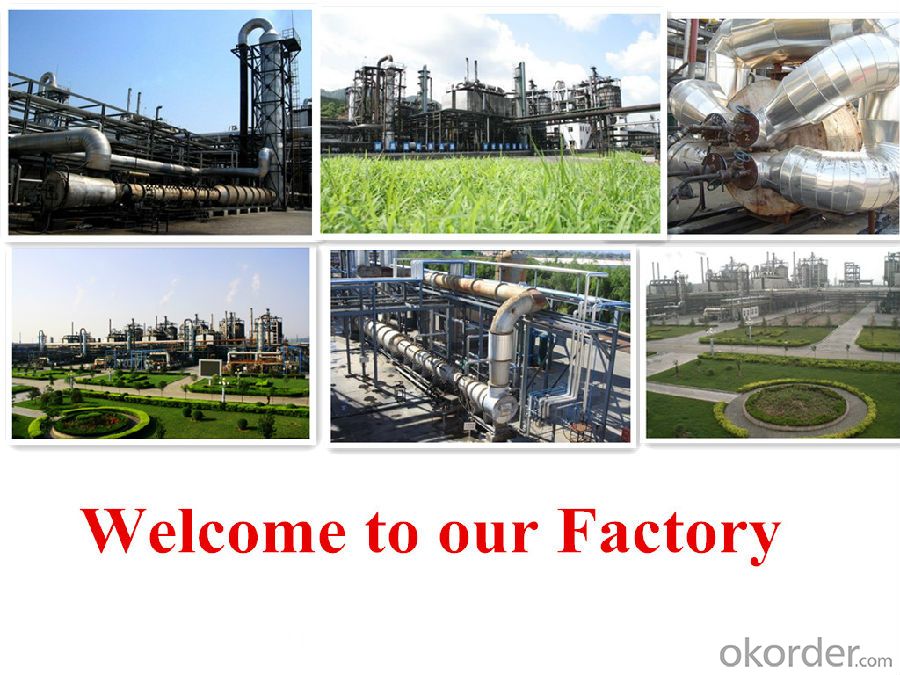
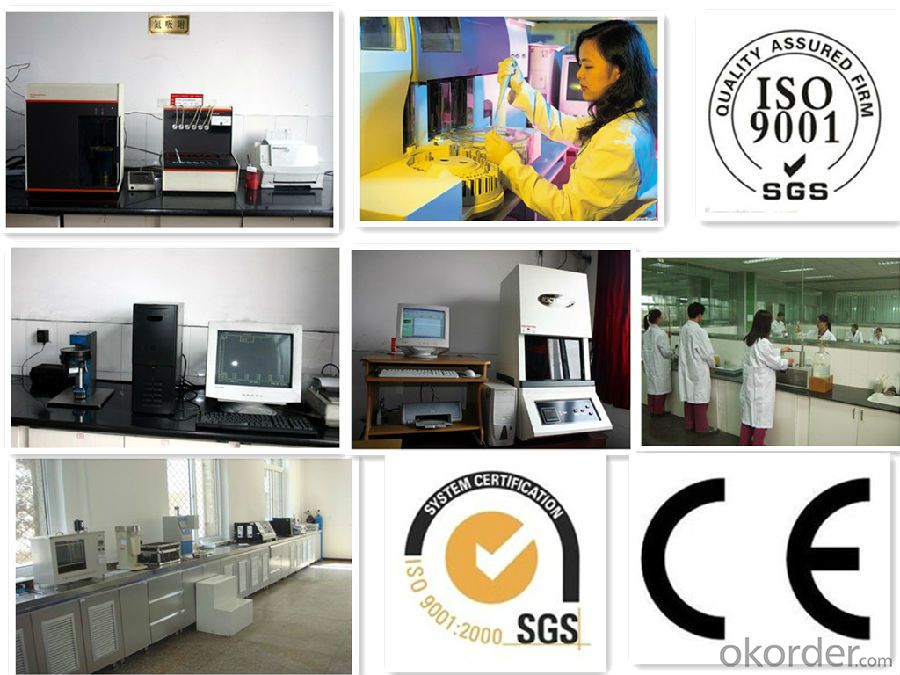
- Q:Organic organic compounds are organic matter?
- The polymer compound is covalently bonded to each other by thousands of atoms to form a compound having a relatively large molecular mass and having a repeating structural unit. But the number of repeating units in the preparation process is often not the same, so that the organic polymer compound is a mixture of the argument is not wrong, of course it is organic matter which is beyond doubt.
- Q:How the most primitive life on earth is produced under what conditions
- The most primitive creatures on earth are actually RNA, which is pulled earlier than any prokaryotic cells, and the eukaryotic cells are advanced, in short, the chemical reaction in the environment at that time.
- Q:How to distinguish between inorganic chemicals and organic chemicals
- Organic chemicals is probably the organic, organic concept you can see Encyclopedia details
- Q:Is the resin a dangerous chemical? Is there any other alias?
- Solid resin is not a hazardous chemical
- Q:From the molecular level, are not all the energy obtained from the redox reaction?
- You find the block out of the lithium battery thrown into the fire try ........ look at how the energy density
- Q:Are the asphalt and peat kinds of vegetables have heavy metal?
- Asphalt and its flue gas on the skin and mucous membranes are irritating, phototoxic and carcinogenic effects. China's three major asphalt toxicity: coal tar pitch> shale asphalt> petroleum asphalt, the former two are carcinogenic. Asphalt main skin lesions are: phototoxic dermatitis, skin lesions limited to the face, neck and other exposed parts; black disease, skin lesions are often symmetrical distribution in the exposed parts, was flaky, brown - dark brown - brown black; Acne; verrucous vegetation and heat burns caused by accidents. In addition, there are dizziness, head swelling, headache, chest tightness, fatigue, nausea, loss of appetite and other systemic symptoms and eye, nose, throat irritation symptoms.
- Q:What are the sugars?
- Carbohydrate carbohydrates, also known as carbohydrates, are the most widely distributed and most important organic compounds in the world. Glucose, sucrose, starch and cellulose are all carbohydrates. X0d carbohydrates are all organisms The main source of energy needed to sustain life activities is not only nutritious but also has special physiological activity, such as: heparin in the liver has anticoagulant effect; blood sugar in the blood type related to immune activity.In addition, the nucleic acid The carbohydrate compounds are more important for medicine, and the carbohydrate compounds are composed of three elements, C, H and O, And O is usually 2: 1, and the proportion of water molecules, which can be expressed by the general formula Cm (H2o) n.Therefore, these compounds have been called carbohydrates, but later found that some compounds according to their structure and (C6H12O5), deoxyribose (C5H10O4), etc .; and some compounds such as acetic acid (C2H4O2), lactic acid (C3H6O3), and other compounds, such as acetic acid (C2H4O2), lactic acid (C3H6O3) And its composition is consistent with the general formula Cm (H2o) n, but the structure and properties are completely different with the carbohydrate compounds, so the name of the carbohydrate is not exact, but for a long time, so far still in use. X0d from Chemical structures, carbohydrates are polyhydroxyaldehydes, polyhydroxy ketones, and their condensates. <X0d sugars can be divided into three categories according to the hydrolysis and hydrolysis products: x0d monosaccharides: polyhydroxyalides that can not be hydrolyzed Such as glucose, fructose, etc. x0d disaccharides: hydrolysis of sugar to produce two molecules of monosaccharides such as sucrose, maltose, etc. x0d polysaccharide: can be hydrolyzed to produce many molecules of sugar monosaccharides such as starch, glycogen, Cellulose, etc. x0d sugars often use their names according to their origin.
- Q:Carboxylic acid and ester can form isomers. What are the conditions?
- The general formula for the carboxylic acid is RCOOH, and the general formula for the carboxylic acid ester is R? COOR? (R? May be a hydrogen atom). If the total number of carbon atoms in the R group in the carboxylic acid is the same as the total number of carbon atoms of the two R groups (R + R?) in the carboxylic acid ester and the total number of R atoms in the carboxylic acid is higher than that of the carboxyl groups R & lt; 1 & gt; R & lt; 2 & gt;), both of which constitute isomers, such as acetic acid and methyl formate, butyric acid and ethyl acetate, phenylacetic acid and methyl benzoate are all isomers.
- Q:Who knows which organic intermediates are good?
- Tianjin Chi Sheng Trading Co., Ltd. is a professional engaged in domestic and international sales of chemical products business, after years of development, the company's business involves medicine, petrochemical, lubricants, coatings, dyes and other industries. With a complete technical support and staffing, product market is vast, sold all over the country. The company's main organic intermediates, pharmaceutical intermediates, chemical solvents and chemical additives four categories of hundreds of varieties.
- Q:The functional group of the derivative of the hydrocarbon
- Common functional groups are: carbon-carbon double bond, -OH-COOH-CHO-NH2, often react, replace (including halogenation, nitration, sulfonation, esterification, hydrolysis, etc.), addition, elimination, addition polymerization , Organic matter oxidation and reduction, color and so on.
1. Manufacturer Overview |
|
|---|---|
| Location | |
| Year Established | |
| Annual Output Value | |
| Main Markets | |
| Company Certifications | |
2. Manufacturer Certificates |
|
|---|---|
| a) Certification Name | |
| Range | |
| Reference | |
| Validity Period | |
3. Manufacturer Capability |
|
|---|---|
| a)Trade Capacity | |
| Nearest Port | |
| Export Percentage | |
| No.of Employees in Trade Department | |
| Language Spoken: | |
| b)Factory Information | |
| Factory Size: | |
| No. of Production Lines | |
| Contract Manufacturing | |
| Product Price Range | |
Send your message to us
Stearic Acid 200/400/800
- Loading Port:
- Tianjin
- Payment Terms:
- TT OR LC
- Min Order Qty:
- -
- Supply Capability:
- 8000MT/month m.t./month
OKorder Service Pledge
OKorder Financial Service
Similar products
New products
Hot products
Related keywords
